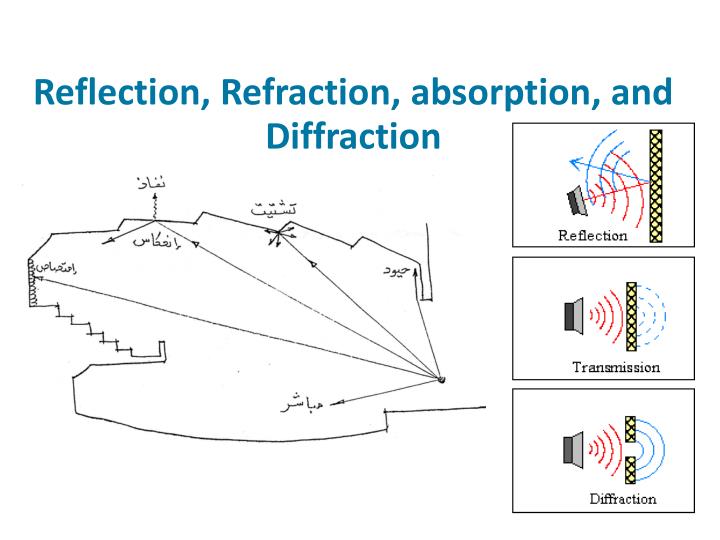


The following table tells us the size and location of the image formed for the object kept at various locations in front of a convex mirror. In solar furnaces, large concave mirrors are used to concentrate sunlight to produce a large amount of heat. These are used to get powerful parallel beams of light in torches, searchlights and vehicles headlights, and they are often used as shaving mirrors to obtain a larger image of the face. Real, inverted and smaller in size compared to object The following table tells us the size and location of the image formed for the object kept at various locations in front of a concave mirror. After reflection, a ray of light moving parallel to the principal axis will converge to or appear to diverge from the principal focus. Follow these rules of reflection to obtain the image:ġ. To obtain an image formed by a spherical mirror, we need at least two reflected rays from the point object, and at the intersection of the two rays, an image will be formed. Image Formation by Spherical Mirrors Using Ray DiagramsĮach extended object kept in front of a spherical mirror can be considered to be composed of finite point–sized objects. the principal focus lies midway between the pole and centre of curvature. It is basically the size of the mirror.įor spherical mirrors with small apertures, \(R=2f\), i.e.

It is represented by the letter \(f\).Īperture: The diameter of the reflecting surface of a spherical mirror is called the aperture. It is represented by the letter \(F\).įocal length: It is the distance between the pole and the principal focus of a spherical mirror. This point is called the principal focus. Principal focus: Rays parallel to the principal axis incident on a concave/convex mirror converge-to/diverge-from a point on the principal axis. Principal Axis: A straight line that passes through the pole and centre of curvature of the reflecting spherical surface. The radius of curvature: The radius of the sphere of which the reflecting surface forms a part. For a convex mirror, \(C\) lies behind the mirror. For a concave mirror, \(C\) lies in front of the mirror. The letter \(P\) represents it.Ĭentre of curvature: It is the center of the sphere of which the spherical mirror forms a part. Pole: It is a point that lies at the centre of the reflecting surface of a spherical mirror. The incident rays strike from the left for both mirrors. Refer to the diagram the blue shaded curve is the reflecting surface for each mirror. Such mirrors can be considered to form a part of the surface of a sphere.Ĭoncave mirror: A spherical mirror whose reflecting surface is curved inwards.Ĭonvex mirror: A spherical mirror whose reflecting surface is curved outwards. The mirrors which have their reflecting surfaces curved are called spherical mirrors.


 0 kommentar(er)
0 kommentar(er)
